Feeding garden birds
There is scientific evidence highlighting the positive effects that the provision of supplementary food can have on birds. For example, the provision of supplementary food has been shown to improve overwinter survival in a number of species.
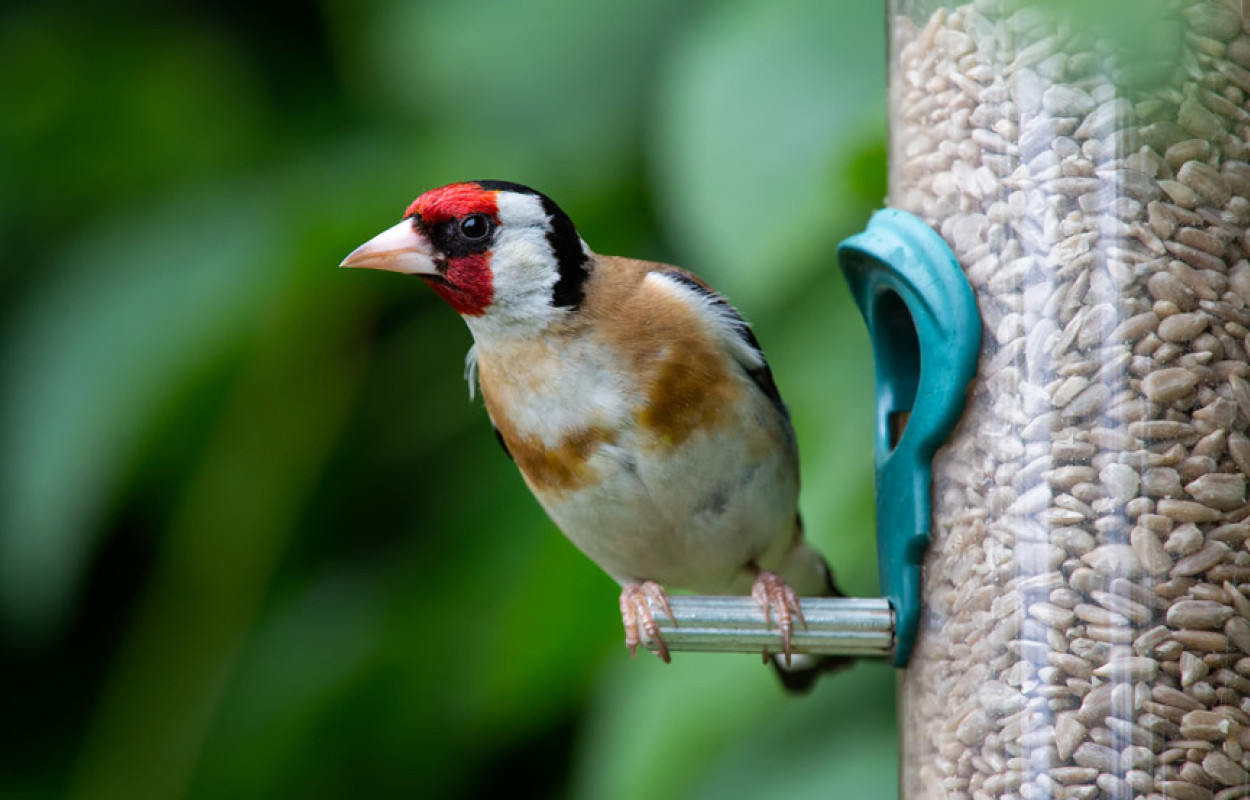
Garden Feeding Hygiene
Research analysing Garden Wildlife Health data (published September 2022) strongly suggests that trichomonosis – a parasitic disease of birds – is responsible for the decline of Greenfinch and Chaffinch in the UK.
This disease can be transmitted via infected saliva through contaminated food or water.
Trichomonosis poses no risk to humans or non-avian pets.
We recommend following these practices when feeding birds in your garden:
- Cleaning feeders regularly with soapy water (e.g. weekly)
- Providing fresh drinking water daily
- Rotating position of feeders around the garden (to avoid build-up of food waste)
- Regularly cleaning areas under feeders to remove waste food
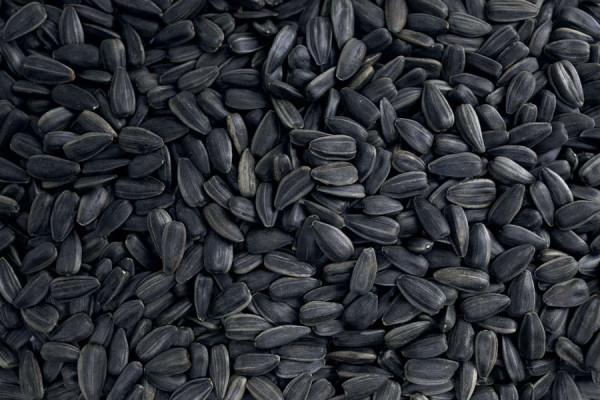
What foods should I provide?
Many Garden BirdWatchers provide black sunflower seeds and sunflower hearts as their staple foods. Alongside these, quality peanuts, nyjer seed and high-energy seed mixes are all greatly appreciated.
There are other foods, e.g. sultanas (soak in water first) that are good for ground-feeding Blackbirds, while pinhead oats are ideal for fine-billed Dunnocks (but should not be left out in wet weather).
Windfall apples and small amounts of finely grated mild cheese can be very useful, particularly in the winter, while peanut cake (a mix of fats and peanut flour) will attract species like Long-tailed Tit.
Fat smeared into cracks in tree bark will be found by Treecreepers and woodpeckers (read a summary of recent research into the effects of providing fat-based foods).
Live foods, such as mealworms, are expensive (though you can grow your own) but are readily taken by Robins, Blackbirds and Wrens.
Black sunflower seeds
Black sunflower seed was introduced in the early 1990s and revolutionised bird feeding by providing a high-energy food in a readily accessible form. Black sunflower seeds have thinner husks than the more traditional striped sunflower seeds and so are easily split open.
Black sunflower seeds are a favourite of Greenfinches and tits, though they may be shunned if sunflower hearts are available nearby. The downside of feeding these seeds is the pile of husks left below the feeder.
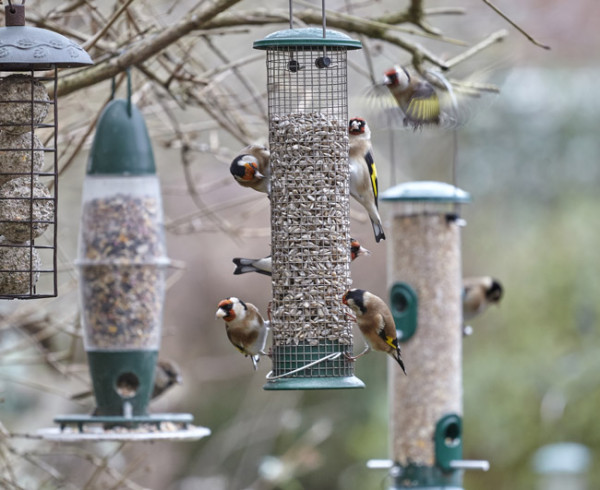
Sunflower hearts
Sunflower hearts are more expensive than black sunflower seeds but they have two advantages. First, the birds can feed more quickly because they do not have to remove the husk. Second, the lack of the husk means that there is no unsightly pile of husks left behind on the ground after the birds have had their fill.
Seed mixes
Seed mixes come in a vast range, differing in content and quality. Cheap mixes often have a high proportion of cereals. These larger grains are favoured by sparrows and pigeons.
Better quality mixes have a lower cereal content, and so are particularly suitable for finches and buntings. The best mixes are carefully balanced to cater for a range of species. Some now contain added suet pellets, fruit or pieces of mealworm.
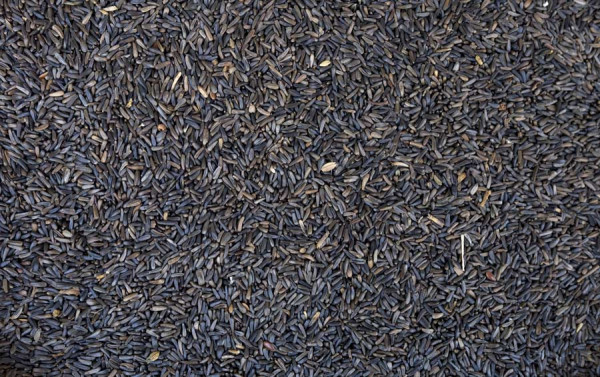
Peanuts
Peanuts are high in oils and proteins and have been used for feeding birds for many decades. Always buy good quality peanuts from a reputable source and avoid any that show any signs of mould.
Peanuts are best supplied behind a wire mesh so that a bird cannot take a whole peanut away. Keep your peanuts in a cool and dry environment and buy them in small quantities, so that they do not sit around for too long.
- Peanuts can be contaminated with a naturally occurring poison called aflatoxin.
Nyger
Nyger, sometimes seen spelt nyjer or sold as 'thistle' seed, is a relatively new addition to the bird feeding market and it is one that initially found favour with Goldfinches - which seemed to like the small size of these seeds. Because these seeds are so small they have to be supplied in a specially adapted feeder.
They are oil-rich and ideal for birds with delicate bills. There is some suggestion that Goldfinches now favour sunflower hearts, only moving onto the nyger when competition on other feeders is great. However, this may just be a local effect.
Mealworms
Mealworms are not worms but the larval stage of a beetle. It is the larvae of the Yellow Mealworm Tenebrio molitor that are used widely as food for wild birds, as well as captive birds, reptiles and amphibians.
Another less common but similar species, the Dark Mealworm Tenebrio obscura is sometimes used, the larva being somewhat smaller in size. Why not grow your own?
Buy bird food and feeders from a reputable company
BTO is proud to work in partnership with leading bird-care company Vine House Farm, with the shared aim of making a positive impact for birds.
- Please visit their website for high-quality nest boxes, bird houses, foods, feeders and more.
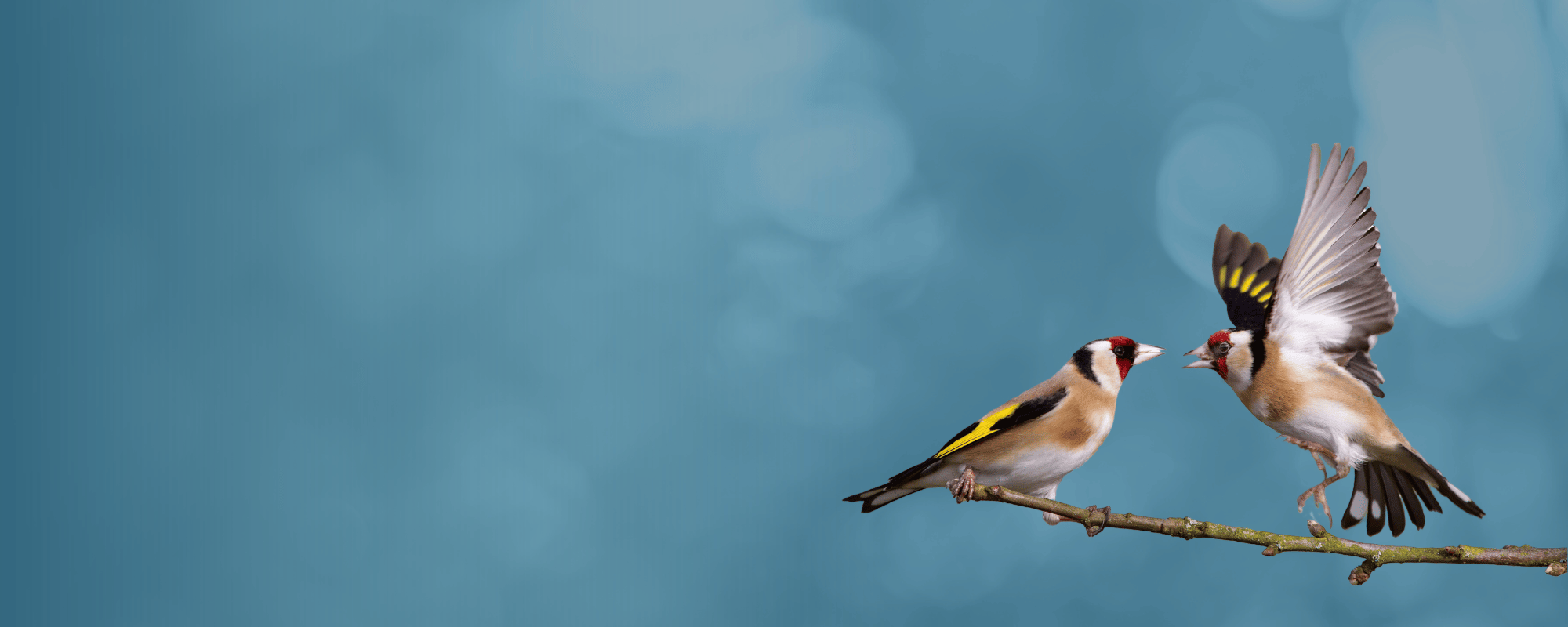
Support the future of our birds
Our surveys are vital. The data they produce help us drive positive change for the UK’s birds.
But increased pressure on funding is putting our surveys and data at risk – which is why we need your support.
Donate today
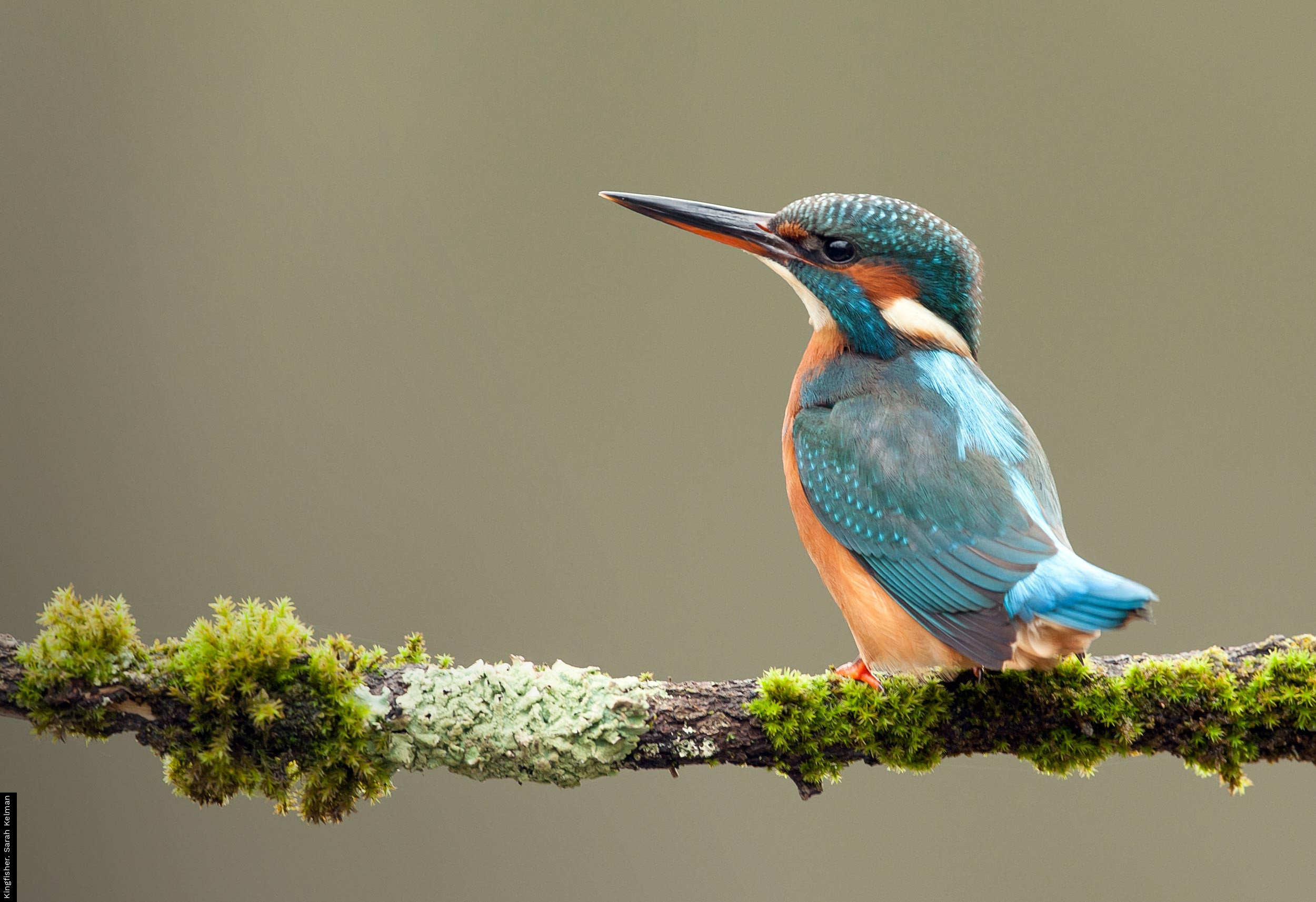
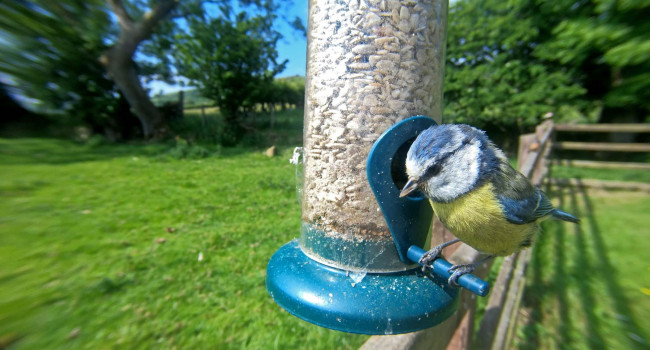



Share this page